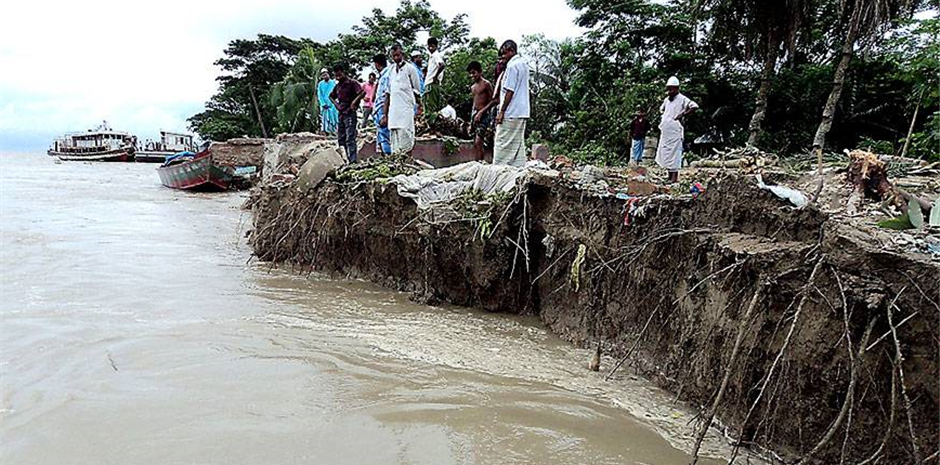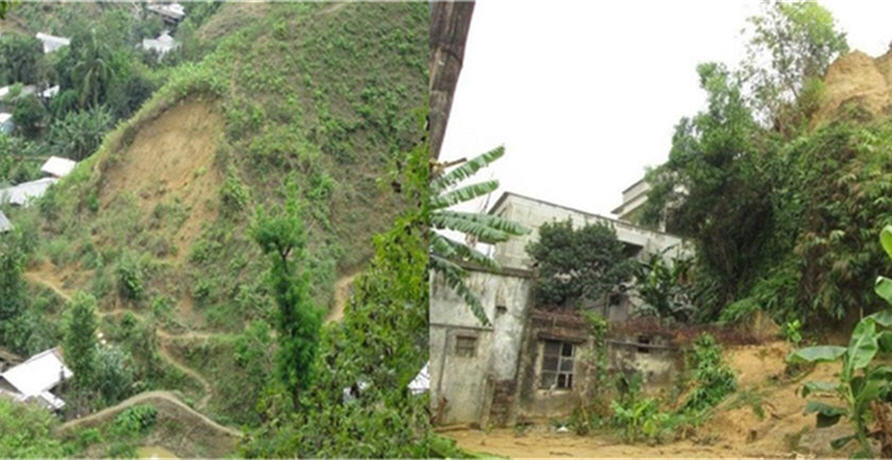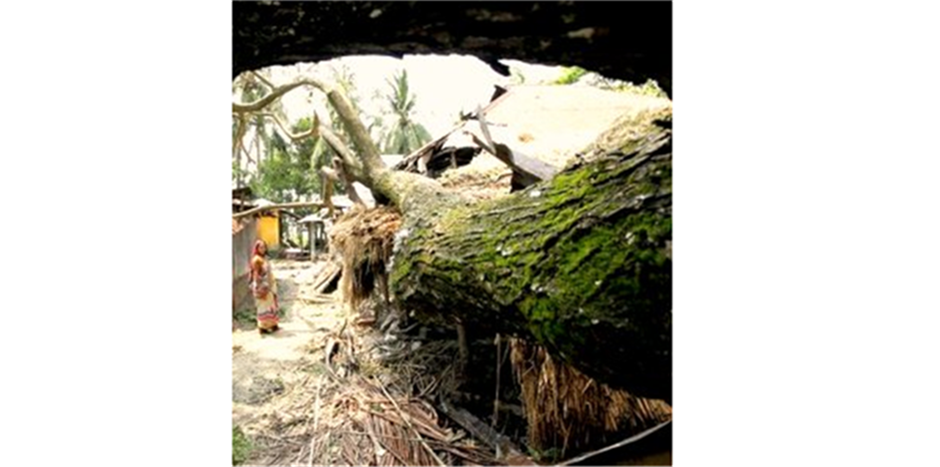Flood in Vietnam
Chittagong, Bangladesh
Flooding is a phenomenon of water and the flow rate in rivers, streams exceeds normal level. In Viet Nam, flood occurs frequently and makes serious consequence. Therefore, we have to make a specific solution and plan to prevent and reduce the influence of flood.
The big flood consequences damage to people and facilities. It can do harm, damage or demolish completely traffic works such as bridges, culverts, railroads, drainage, housing, etc.
According to the report of the Steering Committee for Flood Prevention, the Central Government, in the newspaper “Báo Hải Quan” from 2000 to 2014, 250 turn flash floods occurred, landslides have left more than 9,700 homes collapsed; more than 100,000 houses were submerged; more traffic works, irrigation severely damaged (“Thiệt hại…Nam”). Besides, humans and animals drowned and injured due to accidents caused by flooding.
Also in these years, flood has caused damage leading to killing and missing 646 people, including nearly 351 injured (“Thiet hai…Nam”). The total damage was estimated more than 3,300 billion, inundating homes, trees, fields and a prolonged period of time (“Thiet hai…Nam”).
Besides, flood affects importantly about living and society. After flood occurs, environment and water become polluted and disease spreads out. Flood damages cornfield and crops, so that the price of food gets dearer and dearer. It destroys domicile and facility. It is a cause of economic underdevelopment.
The first interviewee, whose family live in Cuu Long delta, where flood occurs frequently, shared that: “Flood happens regularly in my hometown. I always remember a sad spectacle of my father’s standing in front of the field completely submerged by flood water. The water also penetrated many electronic devices and made them broken. My family had to stay in the second floor of the house, restrictively using food and clean water. When the flood had gone down, rubbish and stench were everywhere”.
Flood is a dangerous disaster. It makes serious consequences for humans and facility. Therefore, we have to carry out more and more specific solution to prevent and reduce influence of flood.
There are two kinds of solution: Artificial measures and non-artificial measures. The artificial measures are planting and protecting river-head forests; restoring forests especially where flood often occurs (“Phòng tránh lũ quét”). This action is not only to prevent influence of flood but also to improve environment and protect vegetation. Another solution is constructing the reservoirs to regulate flood flow and to use for other purposes like agriculture service and electricity generating (“Phòng tránh lũ quét”).
To prevent flood, we can also research, construct dams and examine their quality regularly; divide flood flows base on terrain; clear a flow of obstruction in upstream and areas which need to be protected; clear a drain of obstruction; remodel the drain and sewer system, invest in flood forecast system; and watch regularly to provide proper solutions timely (“Phòng tránh lũ quét”).
The non-artificial measures are combined harmoniously with artificial, such as: Implementing measures “agro-forestry” to prevent erosion, improve soil, increase crop yields and promoting efficient land use. We manage land use to limit residential development in high risk areas to floods. We map the risk of flash floods partition to devise measures to prevent floods.
We identifying areas at risk of flash floods to have a clear evacuation plan as: assigned specific responsibilities for each member of the family in case of moving or evacuating; making sure canoes, boats and means of rescue and salvage are well maintained and is ready for use when needed; Youth Organization team monitoring flood level, looking for rescue with the proper rescue equipment such as first aid kits and medical emergency. Especially after the floods end we still have to do the work to ensure safety, such as: Roads may still have heavy traffic due to the damage, so finding a different route to avoid having to pass the road, using bed nets when sleeping to avoid being bitten by mosquitoes causing dengue fever. We maintain good sanitary environment to avoid diseases after flood, check the electrical outlet, power and electrical equipment before reuse and be ready to return to normal life.
For areas where flood occurs suddenly and makes extremely serious damages, we have to have a specific plan to move the household in highland and always track flood forecast system to have a solution timely.
For areas where flood occurs frequently and cyclically, we should prepare to live with flood. The first interview said that, “Living in an area that flood happens almost every year, we have prepared to live in flood seasons. For example, during flood seasons, we store our food and clean water in higher places. We did build up a solid brick house so that it could stay strong after floods.”
Especially, we have to research and construct specially equipped houses to avoid floods such as floating houses. The state government should invest in researching for houses that not only can avoid flood but also suitable with economic condition of the households. Furthermore, state government and local government should pay more attention to people who have to face with flood.
Regarding how the local government help the people living in flooded areas, the first interviewee told that “The local government informed us beforehand the time and intensity of floods, especially those caused by strong storms.
During a flood, the government sent us humanitarian aids, like rice, instant noodles, and clean water. After a flood, money was sent from the government and some NGOs to compensate for the damage.” However, she also stated that her family were not well-informed about unusual flood and as a result, faced difficulty in preparing for it. Therefore, in our opinion, the state government should have more and more practical plans to help citizens to well-prepare for flood.
Every year, we have witnessed people Vietnam-as well as his fellow suffered heavy losses in human and material due to the impact of floods. Therefore, we have combined the non-structural measures and works to help families, local officials, policy makers in areas prone to natural disasters, with more information about the impact the flood to help people make better prevention activities and response to these disasters.
https://docs.google.com/a/adpc.net/file/d/0B6ERJVlmq60fZlFITUVhaGJ1OVU/edit







